Conferences Aren’t Just for Networking: They’re Data Goldmines for Analysts
When others think of conferences, they think of networking—handshakes, business cards, and panel sessions. For analysts, however, conferences are more than a networking opportunity—they’re a treasure trove of live data, trends, and competitor intelligence. As an analyst, if you’re attending events simply to network, you’re denying yourself the insights that can revolutionize your strategic choices.
Let’s discuss how analysts can make every conference a high-potential research opportunity—and why these gatherings are more important than ever in the age of the digital revolution.
What You Miss When You Only Look for Contacts?
At a recent technology conference, as the audience bolted to get coffee and meet speakers, a few analysts were quietly accumulating presentation slides, monitoring speaker subjects, reviewing booth locations, and recording the brands commanding the most attention. In two days, they took away competitive benchmarks, product roadmap hints, consumer sentiment data, and more—none garnered from a business card handoff.
1. Live Trends, Raw and Unfiltered
One of the biggest advantages of attending conferences is the direct access to industry trends as they happen. Keynote speeches, breakout sessions, and Q&A panels often reveal what businesses are focusing on right now. This raw, first-hand information is often timelier and revealing than reports published weeks or months later.
As an analyst, attending these talks helps you:
Hearing attentively and taking extensive notes can allow analysts to forecast future changes in the industry—putting their company or clients well ahead of the competitive pack.
2. Competitive Intelligence from the Expo Floor
The exhibit floor of any conference is an analyst goldmine. Stand design, product demonstrations, marketing terminology, and audience interaction can reveal a great deal about a company’s direction.
Here’s what to watch out for:
Analysts can capture this information to compare peers, chart product development, or monitor positioning changes in the marketplace.
3. Learning from Actual User Feedback
Conferences draw actual users, customers, and decision-makers. Sitting down for informal chats, watching live demos, or participating in user group discussions provides analysts with a front-row seat to uncensored customer comments.
This feedback may contain:
This qualitative feedback is precious for analysts who work in product development, sales strategy, or customer experience.
4. Creating a Visual Repository of Industry Positioning
Photos, brochures, and screen shots don’t sound like “data,” but they are a visual record of how companies brand themselves. For instance, if the competitor starts prominently flagging “AI-driven features” at the booth this year, that’s an unmistakable sign of a strategy change.
Analysts need to:
Paring these into a visual repository makes long-term comparison and in-depth analysis of brand and product history possible.
5. Speakers Disclose What Companies Won’t Report
Corporate reports are sanitized and polished. But conference presentations—particularly panels—are frequently more honest and forthcoming. Executives will reveal:
These spontaneous interactions provide authentic context surrounding significant business decisions, which can be utilized to enhance reports and predictions.
6. Crowdsourcing Insights in the Moment
Social media and event apps are abuzz at conferences. Analysts can track hashtags, live tweets, and event conversations to:
This digital footprint acts as a second layer of intelligence and provides a broader perspective beyond personal observations.
7. Post-Event Analysis Is Where the Magic Happens
Gathering the data is just step one. After the conference, analysts can:
This organized analysis takes raw notes and turns them into actionable advice, shaping everything from product strategy to marketing campaigns.
Final Thought: Don’t Just Attend, Analyze
Conferences aren’t networking sessions—they’re living, breathing research centers. At the Fluxx Conference, every moment spent watching, listening, and gathering data can translate into sharper insights and smarter decisions.The better prepared you are before you go, and the more organized you are when you return, the more value you’ll get.
When you’re heading to the next conference, pack your business cards—but not your analyst hat. Because amidst a sea of individuals eager to connect, you might be the one opening doors to the insights that fuel the next great step.
Interesting Reads:
Redesign Everything: Rebuilding Business Models for the AI-First Economy
Solving the Hidden Crisis in Healthcare Data Integration Using AI-Driven Data Modeling Agent




Comments (16)
avenue17 July,20 2025
The matchless message, is interesting to me 🙂
JeffreyHox July,22 2025
https://the.hosting/
Dennistap July,24 2025
https://ping.space/
Michaeldus July,26 2025
https://ufo.hosting/vps-vds/windows-vps/windows-10-vps
MichaelHauby July,30 2025
catamaran charter tenerife
CesarVor August,06 2025
https://auctionwheels.info/cars/mclaren/models/765lt/pagination/start
HectorSof August,14 2025
аренда номера для телеграм
filmssmire August,27 2025
Смотреть Кино онлайн сегодня может каждый, имея лишь доступ в интернет, ведь современные сервисы предлагают огромную коллекцию кино. Не нужно искать диски или ждать телепоказ — любое кино открывается мгновенно. Здесь можно найти мелодрамы, ужасы, триллеры и фантастику. Киноманы смогут открыть для себя редкие авторские работы. Качество изображения порадует даже требовательных зрителей. Смотреть удобно дома, в поездке или даже на работе. Есть как платные, так и полностью бесплатные варианты. Бесплатные версии отлично подходят для быстрого просмотра. Любителям кинотеатрального качества подойдут платные тарифы. Выбор настолько широк, что можно менять жанры каждый день. Например, вечером можно устроить просмотр комедии. Онлайн-кинотеатр заменяет поход в обычный кинотеатр. Всё, что требуется — интернет и желание смотреть. Кино онлайн подходит для отдыха, учебы или работы над языками. Это доступ к мировому кинематографу без границ. Неважно, где вы находитесь — дома или в дороге. Платформы оперативно добавляют новинки проката. Сегодня фильмы онлайн — часть повседневной жизни миллионов людей.
filmssmire September,04 2025
онлайн фильмы новинки 2025 стало удобным и простым занятием, ведь современные сервисы предлагают огромную коллекцию кино. Больше нет необходимости качать торренты или искать DVD — все новинки собраны в одном месте. Здесь можно найти мелодрамы, ужасы, триллеры и фантастику. Фанаты старого кино оценят ретро-классику. Современные платформы предлагают 4K и отличное звучание. Можно включить фильм с компьютера, смартфона или планшета. Регистрация обычно простая и занимает пару минут. Многие платформы делают подборку бесплатных фильмов. А для ценителей высокого качества и удобства есть премиум-подписки. В библиотеке найдётся кино для всей семьи и друзей. Например, вечером можно устроить просмотр комедии. Фильмы онлайн позволяют экономить время и деньги. Достаточно открыть сайт и выбрать фильм. Кино онлайн подходит для отдыха, учебы или работы над языками. Это доступ к мировому кинематографу без границ. Главное — включить устройство и насладиться просмотром. Фанаты всегда могут увидеть свежие фильмы первыми. Сегодня фильмы онлайн — часть повседневной жизни миллионов людей.
avenue18 September,14 2025
Quite right! It is excellent idea. I support you.
JamesLoX September,27 2025
https://chatterchat.com/findycarcz
MichaelKaf October,06 2025
purchase virtual phone number https://virtual-local-numbers.com
JimmyTooro October,06 2025
Сделать любовный приворот сегодня можно у опытного специалиста, который помогает даже в самых сложных случаях. Магические услуги направлена на восстановление отношений. Когда отношения разрушаются, то обратитесь к магу. Приворот способен снова объединить сердца. Все ритуалы выполняются с соблюдением традиций и этики. Маг работает с белой магией, что не вредит участникам. Перед проведением обряда проводится диагностика, чтобы выбрать правильное направление работы. Цена зависит от сложности ситуации. Результаты подтверждаются опытом, что приворот действительно работает. Магическая помощь нужна не только для любви: защита от врагов. Все ритуалы индивидуальны. Важно понимать, что магия — это инструмент, поэтому искренние чувства играют ключевую роль. Если сердце просит вернуть любимого, то не стоит откладывать. Помощь предоставляется через интернет и лично. Никто не узнает о вашем обращении. Опыт более 10 лет — это доказательство мастерства. Каждый ритуал индивидуален, поэтому не обращаться к случайным людям. Свяжитесь для консультации и почувствуйте гармонию в душе. Любовная магия — это шанс вернуть утраченное.
BarryWaich October,08 2025
аренда моторной яхты на пхукете https://european-yachts.com/rent-yacht-thailand
Pablobow October,09 2025
Доставка воздушных шаров Москва — это простой способ оформить событие. Мы предлагаем разнообразие воздушных шаров для любого события. В нашем каталоге вы найдете латексные шары, композиции из шаров и индивидуальные варианты. Наши курьеры доставят шары точно к назначенному часу. Мы доставляем шары по всей Москве и ближайшему Подмосковью. Шары всегда свежие и качественные. Если вы хотите устроить сюрприз, просто позвоните нашему менеджеру. Наши дизайнеры подберут композицию под ваш стиль. Вы получаете радость без хлопот и забот. Композиции для фотосессий и корпоративов — всё это можно заказать с доставкой. Наши цены приятно удивят. Каждая доставка — это частичка радости. Не нужно ехать в магазин — просто оформите заказ онлайн. Оплата удобным способом — наличными или картой. Вы можете заказать шары в любое время, когда вам удобно. Мы доставляем радость прямо к вашей двери. Порадуйте себя и своих близких прямо сейчас. Тысячи довольных клиентов доверяют нам свои праздники. Оформите заказ прямо сейчас и получите приятный бонус.
avenue17 October,17 2025
You it is serious?